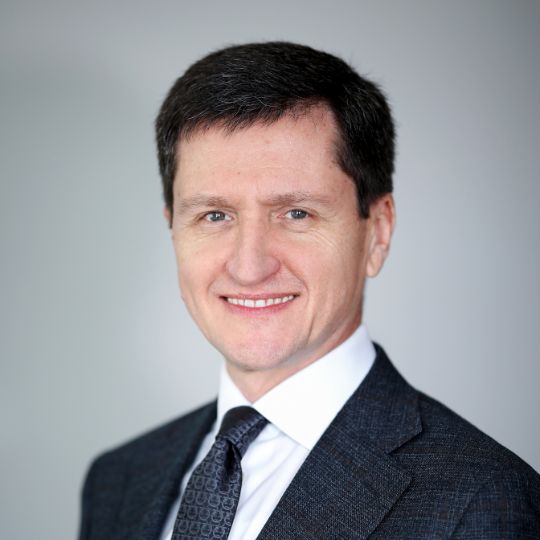
District heating plays a crucial role in accelerating decarbonisation by providing a flexible, integrated, and renewable-based energy system.
District heating is a profitable pathway to net zero.
It is an underutilised flexible energy solution for Europe to achieve cost-effective decarbonisation when used with Combined Heat and Power (CHP) engines.
It has vast potential to drastically scale renewable energy usage by drawing on various renewable and low-carbon heat sources, thus reducing dependency on fossil fuels.
Flexible solutions to advance low-carbon district heating & power generation
This report showcases ways to decarbonise fossil (particularly coal) based district heating systems in a commercially viable way and the role flexible generation technologies (particularly gas-engines) could play in this transition, while identifying roadblocks to decarbonisation in the fields of market structure, regulation, capabilities and market trends.
The study establishes the stack of revenues available for internal combustion engine combined heat and power installations (ICE-CHP):
- Heat sale revenues
- Electricity wholesale market revenues (incl. longer-term flexibility)
- Provision of ancillary services (aFRR/mFRR)
- Revenue from capacity remuneration mechanisms (CRMs)
- Congestion management revenues
- Subsidies
Webinar: Decarbonising district heating and cooling: a profitable pathway to net-zero
Combined heat and power technology
With its district heating technologies, Wärtsilä is at the forefront of the transition towards a 100% renewable energy future and helps to accelerate to the most reliable, cost optimal, and net zero energy future.
Sector coupling of district heating and power systems plays an increasingly important role and is transformative for Europe’s energy future. Combined heat and power engines and flexible technology like heat pumps optimise energy use. They dynamically select between heat and power production technologies to adapt to market prices, maximising economic returns. For example, when renewable energy is abundant, heat pumps and electric boilers absorb the extra energy. When solar and wind are low, these engines produce heat for cities and power for the grid, keeping energy supply reliable.
The Wärtsilä Combined Heat and Power (CHP) plant is a cost-effective and innovative solution where total efficiency can exceed 90%. The most common heat products are hot water or steam, which makes it perfect for both industrial and district heating purposes.
Related technologies
Get in touch with our District Heating expert
"District heating has untapped potential in Europe to be a profitable pathway to net zero. It is more than just heating homes – it is about enabling renewable energy growth, offering flexibility, and creating a viable solution for coal-dependent countries transitioning to cleaner energy."
Igor Petryk
Market Development Director
Wärtsilä Energy

References
Articles
Press releases
Wärtsilä provides efficient and flexible 90 MW power plant to supply electricity and district heating for Dresden, Germany
District Heating Utilities in Hungary Start Electricity Generation
CHP plants for district heating in Hungary



.tmb-448x262.png?Culture=en&sfvrsn=7d8ce645_2)





